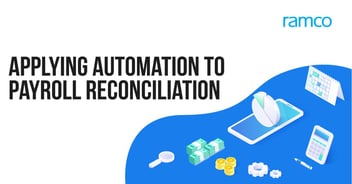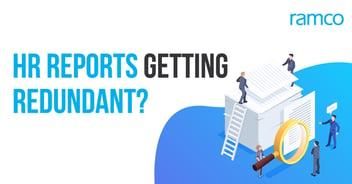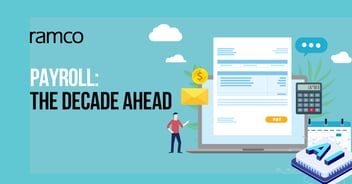
Implementing an ERP solution is not an easy task. But successful results can be achieved by breaking them into simple ones. The complexity of implementation is directly proportional to the size of the company, the number of processes or departments available and the modules required.
- Generally, as the first step, a Request for Proposal (RFP) is drafted by the organization (with details required). Then it is sent out to prospective vendors,. Before the RFP is sent, the company should work on the major requirements and specific goals, if any. This will help the vendor to get a clear picture on what exactly is the company looking for.
- Based on the RFP and the understanding of the requirements, the vendor will come up with a detailed proposal regarding the implementation. This proposal clearly lists the hardware, software and manpower requirements to implement ERP for the company.
- The vendor would suggest suitable modules based on the requirements and respective hardware and software requirements. For a company wide project like this, there is a high probability that, the hardware and software components are to be purchased. ERP systems require considerable amount of hardware components, dedicated servers and cooling systems. The software and licenses are also very important. In addition, ERP software vendor will suggest the company about robust servers to run the software, so that the software works efficiently.
- An important point to note here is that, the above hardware and software requirements are for implementing Onsite ERP solutions. Vendors like Ramco Systems are providing OnDemand ERP solutions, which operate in the cloud. The company need not invest huge amounts in the infrastructure. Instead, the company enjoys the benefits of Infrastructure as a Service (IaaS), while opting for OnDemand ERP systems. They just need to pay the subscription in order to enjoy the services.
- During the initial phases of implementation, the company needs to spend on Consultants in order to train their internal IT team and their staff. Once the IT team gets well versed with the software, then the company can stop investing in the consultants.
Apart from the above mentioned basic requirements, there would be lot of specific requirements, based on the company and the processes. A well experienced vendor will help understand and spend on appropriate resources properly.
Frequently Asked Questions (FAQs)
Enterprise asset management (EAM) involves the management of mission critical assets of an organization throughout each asset's lifecycle. EAM is used to plan, optimize, execute, and track the needed maintenance activities with the associated priorities, skills, materials, tools, and information. The aim is to optimize the quality and utilization of assets throughout their lifecycle, increase productive uptime and reduce operational costs.
Enterprise asset management (EAM) involves the management of the maintenance of physical assets of an organization throughout each asset's lifecycle. EAM is used to plan, optimize, execute, and track the needed maintenance activities with the associated priorities, skills, materials, tools, and information.
The software helps in effective maintenance of assets through preventive, predictive, shutdown and breakdown maintenance strategies. The system also helps enterprises mitigate equipment risks by enhanced safety standards. The streamlined operations and improved asset performance helps organizations increase their investment effectiveness.
EAM is important because it helps organizations track, assess, manage and optimize asset quality and reliability. Asset intensive Organizations have hundreds, thousands, even millions of assets which needs to be maintained to maximize / optimize life of these assets to increase the return on investment.
The key features of effective EAM are:
- Work management.
- Maintenance Strategies (Preventive/ Predictive / Breakdown / Shutdown).
- Planning and scheduling.
- Supply chain management.
- Health and safety.
- Mobility.
- Analytics.
- Improved Asset Health at reduced cost through data driven maintenance Programs
- Complete visibilityon entire maintenance data across Equipment, across Models, across Branches to aid in analysis & decision making such as to Repair or Replace the Equipment
- Insightful analysis of Inspection Data to improve customer satisfaction
- Effective maintenance management enhanced by predictive maintenance and inbuilt analytics
- Increased reliability and safety, keeps complete track of all the inspections & calibration schedules
- Mobile Application enables users to execute work while “in the field” leading to minimized non-productive time and increased productivity and reduces duplication of work and human errors in recording information.
- Quick turnaround time through Actionable Notification & Alerts for every process in real time and accessible anytime and anywhere.
- Improved Regulatory Part of asset management involves the implementation of better O&M practices, which can significantly improve compliance.
Asset Intensive companies under the following Industries :
- Ports
- Cement and Mining
- Utilities
- Fleet Maintenance
- Equipment Rental
- Other Manufacturing
- Real Estate & Infrastructure
- Power Generation
Contact us for a meeting and schedule a demo
This differs on case to case basis, based on the type of installation and unique industry specific requirements. Contact us for a meeting and schedule a demo.
This differs on case to case basis, based on the type of installation and unique industry specific requirements. Contact us for a meeting and schedule a demo.
Stay Connected, follow us on LinkedIn / Twitter to know more about EAM Software latest trends.

